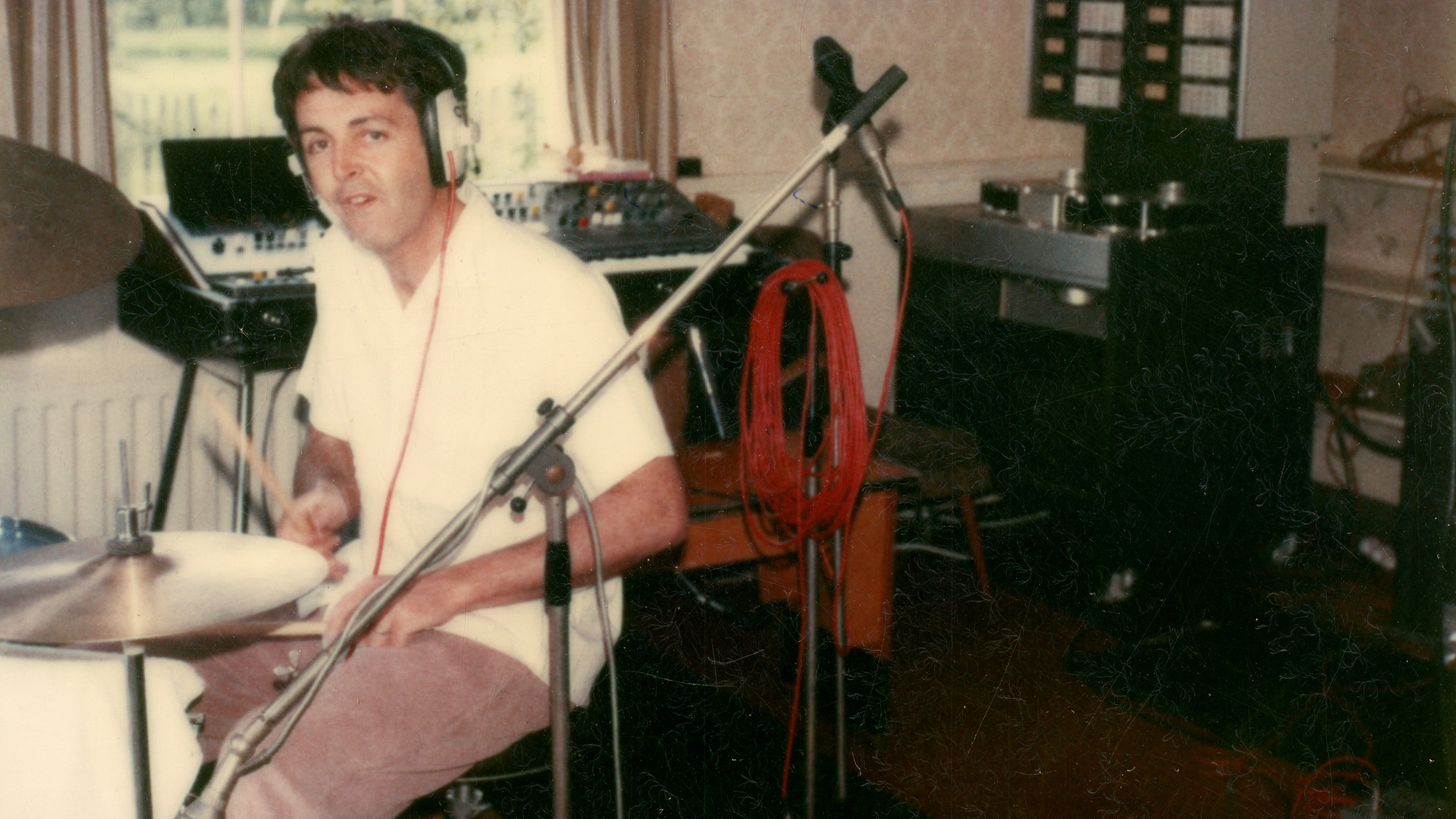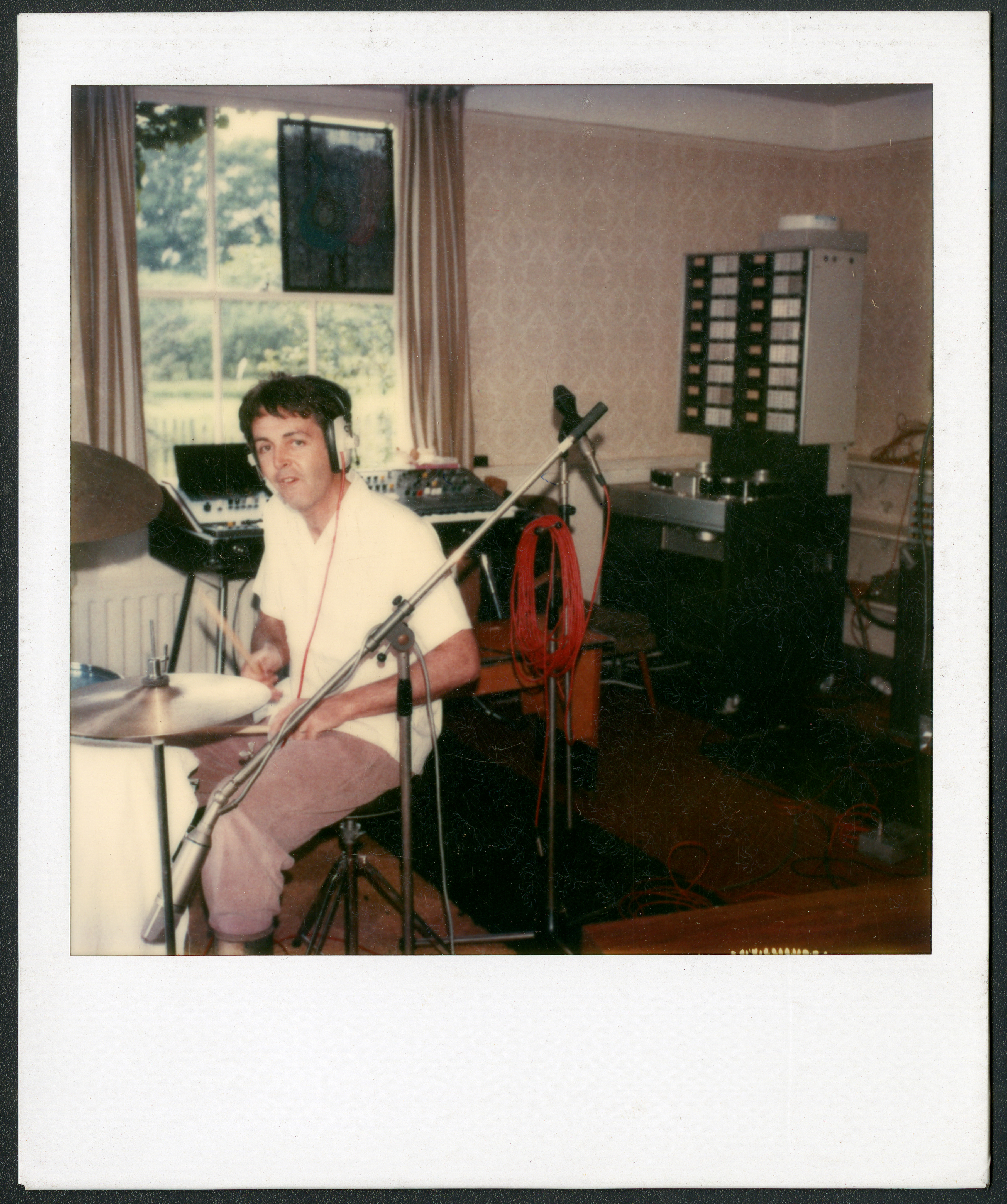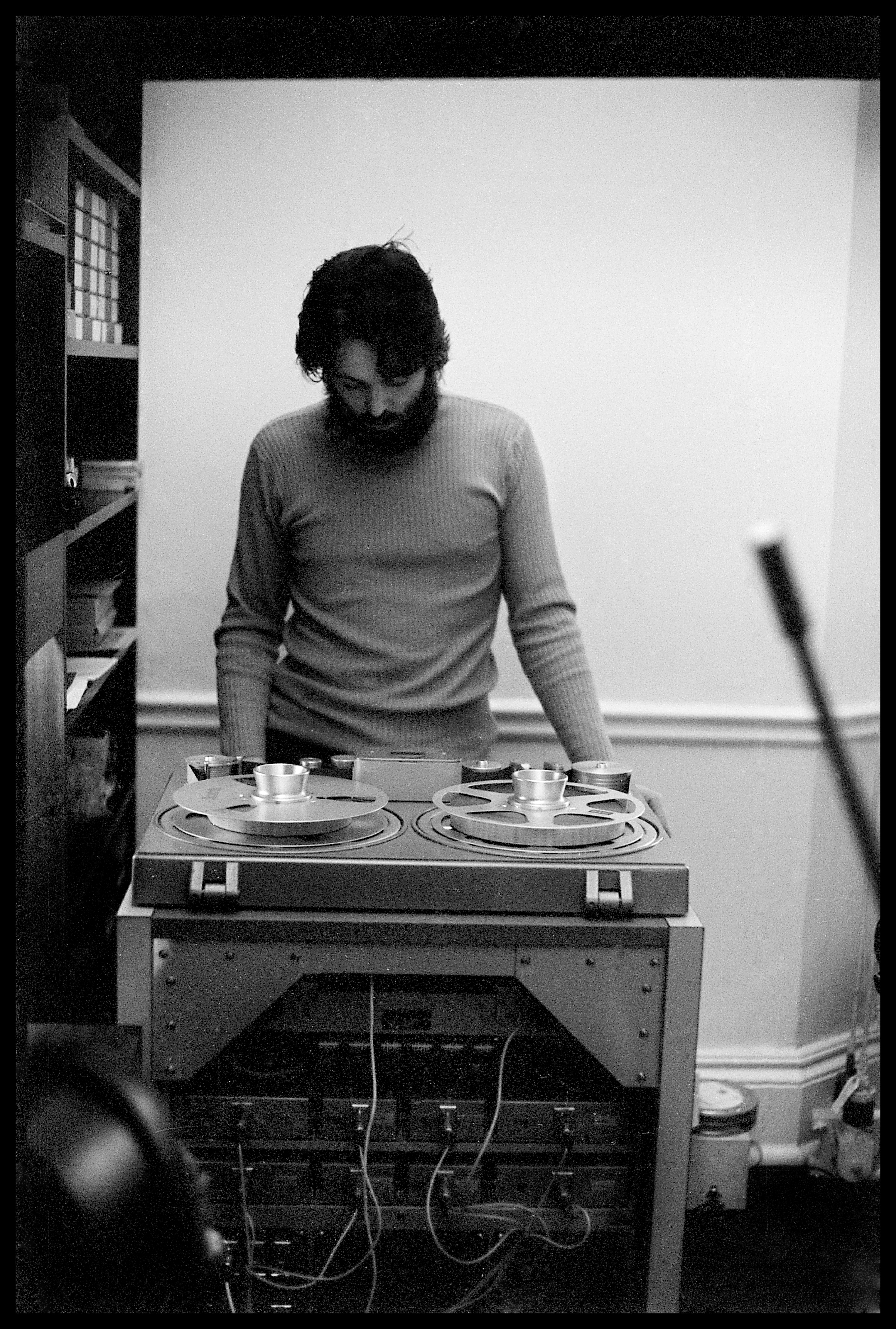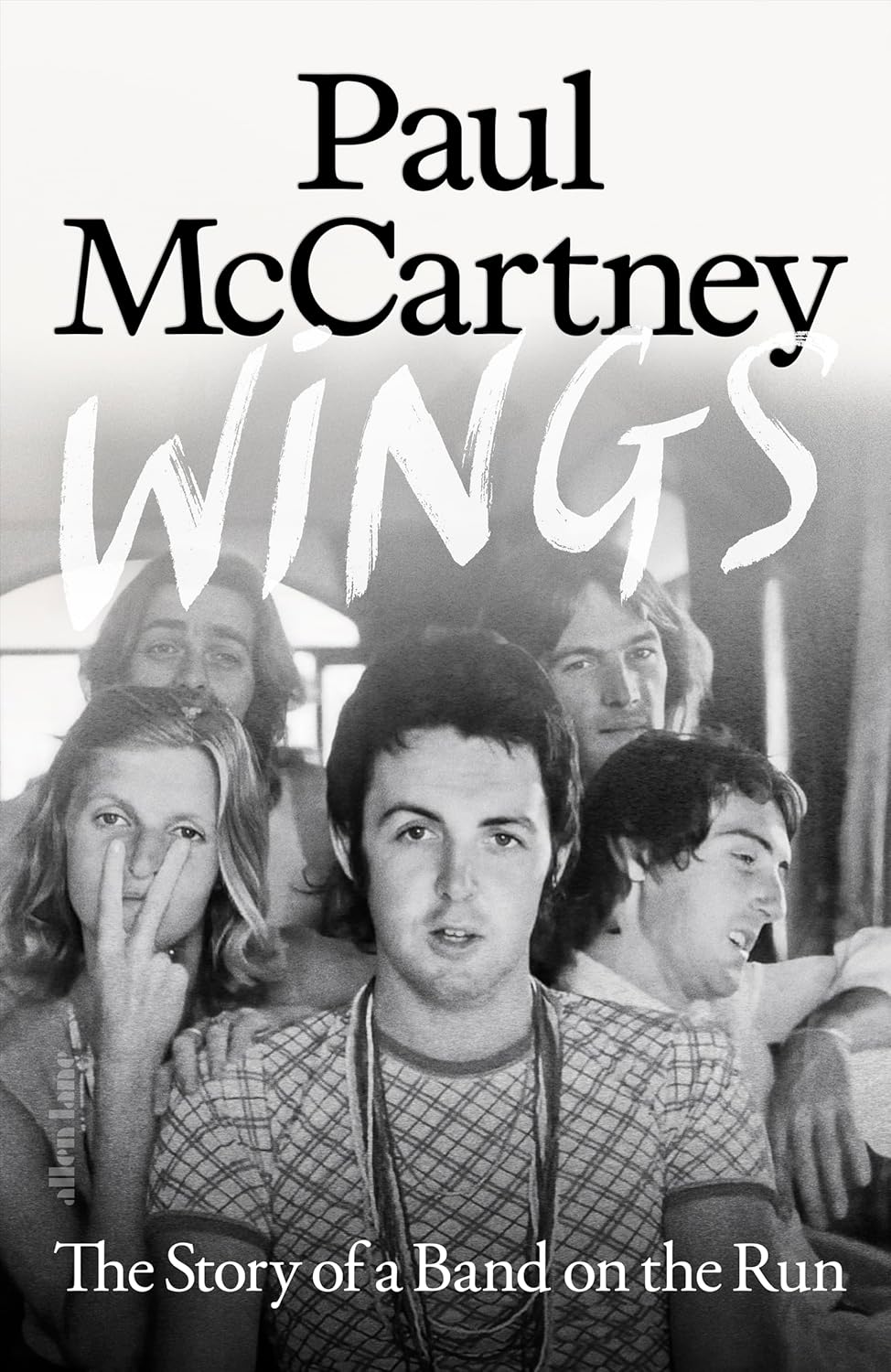A new book on Paul McCartney’s 1970s band Wings documents an inside story of resilience and family
'It's a story about a family as well as one about a very famous musician', says author Ted Widmer

The story of The Beatles’ rise from young Liverpudlians to, arguably, history’s most important band is one written into the fabric of British culture. But until now, the flight path of Wings – the group formed by Paul McCartney and his wife Linda in 1971 following The Beatles’ dissolution – has been less comprehensively documented.
Wings: The Story of a Band on the Run is here to change that, providing a rich and in-depth look at McCartney’s second decade in the spotlight through more than 150 photographs (many previously unseen) and first hand testimonies from the band, the wider McCartney family, his fellow Beatles and other prominent figures of the time. Curated by editor Ted Widmer from 42 hours of all-new interviews plus archival conversations, and overseen by McCartney and his team, the book is the definitive tome on the group, told via the words and images of the people who were there.
'The story of Wings is a few different things all at the same time,' explains Widmer. 'It's a story about a family as well as one about a very famous musician, and I think the story of the family is just as compelling. It’s also the story of a decade, but primarily it’s a story about rebuilding. Paul at one point says the breakup of The Beatles was like an atom bomb going off. So there is this problem [pertaining to] a man, and he’s a famous man, but it's something I think we all can relate to. When something ends in your life and you have to rebuild from scratch, it's hard. But we've all had setbacks and we've all had to do it.'
Published ahead of a forthcoming documentary, Man On The Run, which premiered in August at the Colorado Film Festival and will be released widely next February via Amazon Prime, the book picks a different path through this new pool of material. 'There was a very high premium on creativity when making this book, which I really respect coming from Paul,' Widmer explains. 'He didn't want me to see the documentary, and so instead I did my own thing. So you have two products that are related to each other but quite different.'
The book moves chronologically through the decade, from McCartney’s first pre-Wings solo album, through the band’s seven studio albums including seminal 1973 LP ‘Band On The Run’, and to their eventual break up in 1981. There are incredible first-person stories throughout, from Paul and Linda moving to rural Scotland and learning to craft tables and shear sheep – a hands-on, physical act of building their new life – to wilder, more dizzying tales as the band picked up steam and became a global phenomenon in their own right. 'There was an album of Wings' Greatest Hits where the cover photo features a statue of a goddess that Paul and Linda had bought, sitting on a little bit of a snowy mountain,' Widmer recalls. 'They literally flew helicopters with this statue into the Swiss Alps, and it was very dangerous, and cold – plus it's hard to land a helicopter on a pointy mountain top! They finally snapped this picture, and when they got back after nearly killing themselves for the shot, Paul said, "Well, why didn’t we just use some fake snow in a studio here in London?"'

The creation of that particular photograph may have been extravagant, but many of the images featured throughout The Story of a Band on the Run are distinctly more intimate. Linda, as well as being heavily involved in the creative direction of the band and its music, also documented a lot of their behind-the-scenes process. A pair of exclusive photographs seen below, showing Paul during home recording sessions for 1970’s ‘McCartney’ LP and in 1979, recording ‘McCartney II’, were both taken by her; unguarded snapshots into records that would go on to sell millions.
Similarly, the first-person nature of the text – all told through quotes – gives an easy, conversational feel to it all. For his part, Widmer wanted to ask McCartney equally close questions. 'I wondered if birds were important to him when he was a boy, which is perhaps a naive question, but you have to be unafraid to ask something that might be a stupid,' he says. 'And he told me a wonderful story about how he was an avid birder, and how he would ride on a bicycle into Lancashire to look at birds and that he had a bird study book. It was such a good answer.'
Receive our daily digest of inspiration, escapism and design stories from around the world direct to your inbox.


Wings, then, might have become multi-platinum, stadium-selling stars in their tenure, but Widmer tells the human side of their story: of a couple very much in love ('Paul didn't want to go on the road without Linda, so he built a band around the idea of being together'), and of art and music healing the fractures left following the break-up of history’s most famous quartet.
'I think it humanises a very famous musician, and I also think it gives an incentive to people who want to be creative that might not know how,' he says. 'The message of the book is: just do it. Grab a sheep and shear it. If you don't know how to make a table, give it a go. And I found that message really uplifting. Even if you don't know much about Paul, or The Beatles, or Wings, everybody needs to get through the challenges of life. And I found the story of this book very exciting that way.'
Lisa Wright is a freelance food, travel and culture journalist who has written for titles such as The Observer, NME, The Forty-Five, ES Magazine and DIY.
-
 Roberto Cavalli Home Interiors’ new collection evokes the glamour of a luxury resort
Roberto Cavalli Home Interiors’ new collection evokes the glamour of a luxury resortAs the brand unveils its sensual ‘Savage Serenity’ collection, creative director Fausto Puglisi tells us why design ‘must seduce, provoke and empower’
-
 Rimowa launches limited edition cocktail case in collaboration with Robbe & Berking
Rimowa launches limited edition cocktail case in collaboration with Robbe & BerkingGerman engineering meets exquisite craftsmanship and a whole lot of fun in this travel cocktail kit
-
 Art Deco's centenary is honoured with a grand exhibition in Paris
Art Deco's centenary is honoured with a grand exhibition in ParisTo mark 100 years of Art Deco, the Musée des Arts Décoratifs in Paris is holding a retrospective that includes furniture, tableware, clothing, jewellery and objets d’art (on view until 26 April 2026)
